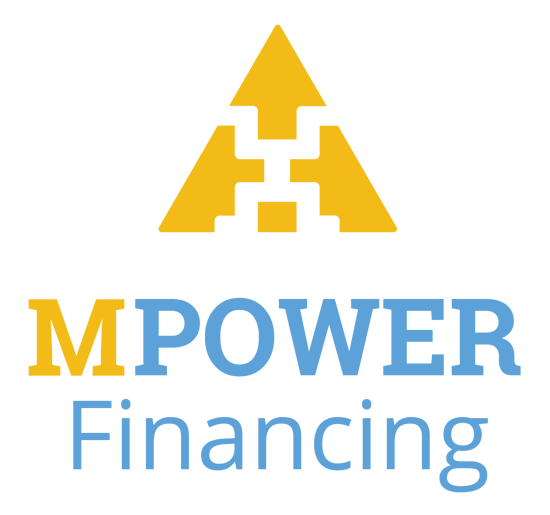You're our first priority.
Every time.
We believe everyone should be able to make financial decisions with confidence. While we don't cover every company or financial product on the market, we work hard to share a wide range of offers and objective editorial perspectives.
So how do we make money? Our partners compensate us for advertisements that appear on our site. This compensation helps us provide tools and services - like free credit score access and monitoring. With the exception of mortgage, home equity and other home-lending products or services, partner compensation is one of several factors that may affect which products we highlight and where they appear on our site. Other factors include your credit profile, product availability and proprietary website methodologies.
However, these factors do not influence our editors' opinions or ratings, which are based on independent research and analysis. Our partners cannot pay us to guarantee favorable reviews. Here is a list of our partners.
Are You Eligible for a Parent PLUS Loan?
Many, or all, of the products featured on this page are from our advertising partners who compensate us when you take certain actions on our website or click to take an action on their website. However, this does not influence our evaluations. Our opinions are our own. Here is a list of our partners and here's how we make money.
How is this page expert verified?
NerdWallet's content is fact-checked for accuracy, timeliness and relevance. It undergoes a thorough review process involving writers and editors to ensure the information is as clear and complete as possible.
More on our editorial rigor- Economic news and policy
- Consumer trends
- Consumer lending
This page includes information about these cards, currently unavailable on NerdWallet. The information has been collected by NerdWallet and has not been provided or reviewed by the card issuer.
- You're the parent of a qualified undergraduate student.
- You meet basic federal aid requirements.
- You don't have an adverse credit history.
What credit score is needed for a parent PLUS loan?
Student loans from our partners

on College Ave website

5.0
2.89-17.99%
Mid-600s

on Sallie Mae website

4.5
2.89-17.49%
Mid-600's

on SoFi® website

5.0
3.18-15.99%
Mid-600s
on Credible’s website
5.0
12.82-14.79%
Low-Mid 600s

on MPOWER website

4.0
12.99-15.99%
None
on Credible’s website
5.0
12.82-14.79%
Low-Mid 600s
on Funding U website
4.5
7.95-12.49%
None

on MPOWER website

4.0
12.99-15.99%
None

on SoFi® website

4.0
4.24-9.99%
650
on Earnest website
4.5
4.79-9.99%
665

on Credible’s website

4.5
4.88-8.44%
680

on College Ave website

5.0
2.89-17.99%
Mid-600s

on Sallie Mae website

4.5
2.89-17.49%
Mid-600's

on SoFi® website

5.0
3.18-15.99%
Mid-600s

on College Ave website

5.0
2.89-14.49%
Mid-600s

on Sallie Mae website

4.5
2.89-14.99%
Mid-600's
on Credible’s website
5.0
3.69-14.55%
Low-Mid 600s
on Earnest website
4.5
2.89-14.90%
650
Who can apply for a parent PLUS loan?
How to apply for a PLUS loan
- You and your child must submit the Free Application for Federal Student Aid, or FAFSA. You can then fill out the Direct PLUS loan application. The application takes about 20 minutes to complete.
- Collect necessary personal information before applying. You will need your parent FSA ID, requested loan amount, school name, student information, personal information and employer information.
- After completing the application, expect a credit check to be performed. If you have adverse credit history, you may be denied a loan. See below for options if you're denied.
Understand parent PLUS loan terms before you borrow
What to do if your application is denied
Article sources Article sources
on College Ave's website


- Apply in less than 3 minutes;
- Rates starting at 2.89% APR;
- No application, origination, or prepayment fees;
- Flexible repayment options, including deferred or immediate.

on College Ave's website





